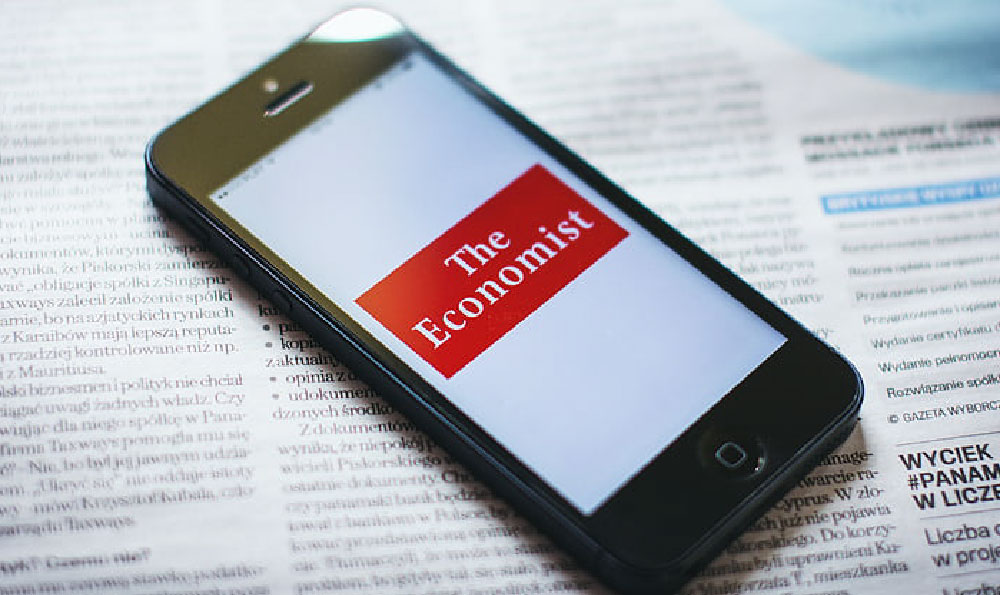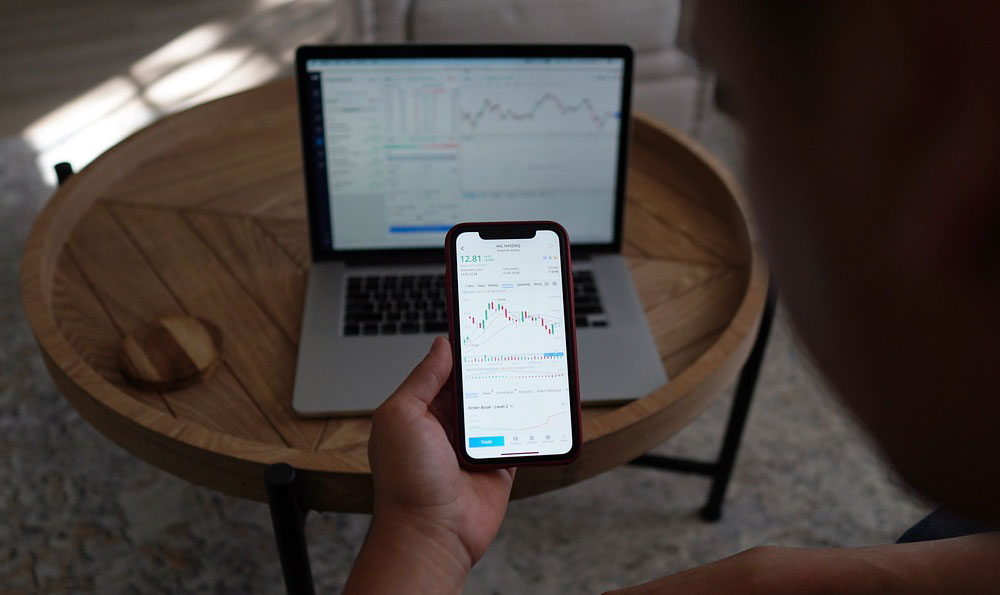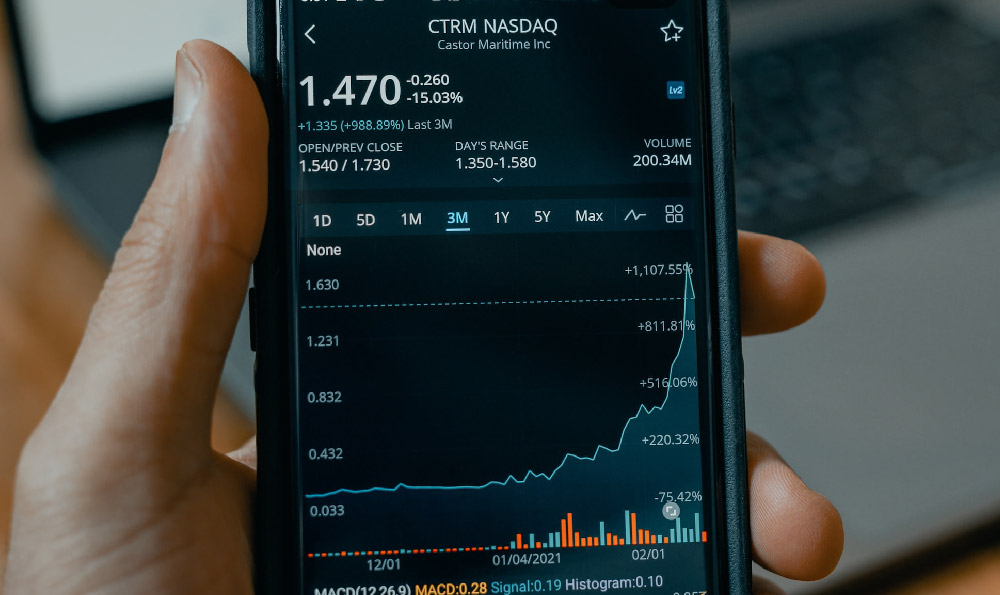In the dynamic landscape of mobile applications, turning a well-designed and user-friendly app into a sustainable revenue stream is a critical challenge. An app, regardless of its brilliance, needs a robust monetization strategy to ensure its longevity and continued development. Choosing the right strategy is heavily dependent on the app's target audience, functionality, and the overall market it exists within. Let's delve into various monetization strategies and how they can contribute to an app's financial success.
One of the most widely adopted models is in-app advertising. This involves integrating advertisements within the app's interface. Several formats exist, including banner ads (displayed at the top or bottom of the screen), interstitial ads (full-screen ads that appear at natural transition points), rewarded video ads (offering users in-app rewards for watching a video), and native advertising (ads that blend seamlessly with the app's content). The effectiveness of in-app advertising hinges on striking a balance between revenue generation and user experience. Overly intrusive or irrelevant ads can lead to user frustration and app abandonment. Careful consideration should be given to ad placement, frequency, and relevance to the target audience. Data-driven approaches can help refine ad targeting and optimize ad formats for maximum revenue and minimal user disruption. Platforms like AdMob and Facebook Audience Network provide tools for managing and optimizing in-app advertising campaigns.
Another prevalent monetization strategy is the freemium model. This approach offers a basic version of the app for free, while charging users for premium features, content, or functionality. The key to a successful freemium model lies in providing enough value in the free version to attract and retain users, while simultaneously offering compelling premium features that incentivize upgrades. Examples include unlocking additional levels in a game, removing ads, accessing exclusive content, or increasing storage capacity. A well-executed freemium model requires careful analysis of user behavior to identify features that are most likely to drive conversions. It also necessitates continuous iteration and refinement based on user feedback and data analysis.

In-app purchases (IAPs) represent another significant revenue stream, particularly for gaming and entertainment apps. IAPs allow users to purchase virtual goods, power-ups, consumables, or unlockable content within the app. In the gaming context, this might involve buying extra lives, special weapons, or cosmetic items. For other types of apps, IAPs could include purchasing additional filters for photo editing, premium templates for design tools, or extended access to educational content. Successful IAPs are often tied to enhancing the user experience, providing a sense of progression, or offering a competitive edge. Transparency and clear pricing are crucial for building trust and encouraging purchases. Regularly introducing new and enticing IAPs can maintain user engagement and drive continued revenue.
Subscription models offer a recurring revenue stream by charging users a regular fee (monthly, quarterly, or annually) for access to the app's features or content. This model is particularly well-suited for apps that provide ongoing value, such as streaming services, news aggregators, or productivity tools. The success of a subscription model depends on consistently delivering high-quality content, features, or services that justify the recurring fee. It also requires effective customer retention strategies to minimize churn and encourage long-term subscriptions. Offering tiered subscription plans with varying levels of features and pricing can cater to different user needs and budgets.
Beyond these common strategies, several other monetization models can be employed. One such model is affiliate marketing, which involves promoting third-party products or services within the app and earning a commission on sales generated through those promotions. This approach is particularly effective for apps that cater to specific niches or have a highly engaged user base. Another option is charging for the app upfront (a paid app model). While this model can generate immediate revenue, it can also be more challenging to attract users compared to free or freemium apps. Paid apps typically need to offer exceptional value or address a unique need to justify the upfront cost. Data licensing, if ethically and legally permissible, can also be a revenue source, though it requires careful consideration of user privacy and data security.
Choosing the right monetization strategy requires careful consideration of several factors. Understanding the target audience and their willingness to pay for specific features or content is paramount. Analyzing the competitive landscape and identifying successful monetization models used by similar apps can provide valuable insights. Testing different strategies and iterating based on user feedback and data analysis is essential for optimizing revenue generation and user satisfaction. Furthermore, adhering to ethical principles and respecting user privacy are critical for building trust and ensuring long-term sustainability. An app's success isn't just about downloads; it's about creating a valuable experience that users are willing to pay for, contributing to the app's and the developer's sustained financial well-being. The key lies in finding a balance between revenue generation and user experience, ensuring that monetization doesn't detract from the app's core value proposition. A well-thought-out and executed monetization strategy will not only ensure the app's financial viability but also contribute to its overall success and longevity in the competitive app market.












